Birds, bridges and beautiful memoryscapes: Shodhaytra in Tripura-II
For a long stretch, while walking in Gondacherra region, Dholai district of the state, we did not hear the songs of the birds nor did we see them flying. Later, we discovered that they used to make clay balls, dry them and by aiming at birds with a sling, kill and eat them. Was it the low farm productivity and hunger spells which led them to trap jungle fowl and kill birds? Or was it just a cultural habit, was difficult say. But the lack of any durable asset at all in their huts did not leave much scope for speculation.
When we asked one of them to aim at a mango on a tree, without batting an eyelid, he just dropped that in a single hit. But isn’t he an “unskilled” tribal, as per the NITI Aayog’s definition? Just because leveraging his skills for sports or any other targeting exercise even in security agencies, is not part of our inclusive development agenda. After crossing a cliff, birds were visible. The same community this side seemed to have lesser survival stress because there was more plain lands, more agricultural yields and income, more cattle and greater diversification in coping strategies. Conservation of birds in tribal regions is vital for eco-system conservation and management of biodiversity. Ensuring food security for them this can be a vital tool. But the government must give food subsidy to undeserving people (70 per cent people could not be deserving food subsidy any way), so what if birds don’t survive, ecosystems deteriorate and poor tribals are forced to migrate?
One of the surprising observations was use of chemical weedicides in some of the fields to prepare them for ginger and other crops. The government of Tripura hasn’t taken a view yet to keep such regions chemical free unlike Sikkim which has declared itself as an organic state. The architectural design innovations were appreciable but there were practically no rooftop water harvesting structures. With so much problem of water, adding a small bamboo or tin channel below tinsheds and collecting water in tanks (to be distributed by the state) would be a very affordable and viable water storage structure in this high rainfall region.
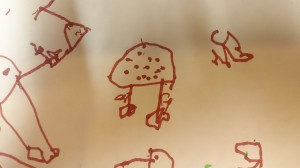
During the idea contest, a little kid, Tunnab Joy Tripura, gave an interesting idea of two children holding long umbrella from two sides under which other kids can stand and thus go to school together.
Many communities danced and sang traditional songs in the honour of the Shodhyatris. In some cases, traditional forms had given way to modern dance steps, given the numerous dish TV in the region. Recipe contest brought out diversity of a large number of uncultivated tubers, leafy vegetables and other food items collected from forests for meeting their nutritional needs. Many of these were also functional foods. Handloom designs had a considerable scope for adaptation for contemporary needs. Linking a predominantly self-provisioning society with market is of course a daunting task. It may increase their vulnerability but it may also reduce it, depending upon the terms at which exchange takes place between formal and informal sector. Honey Bee Network has started the follow up action. A bamboo processing machine has been brought from Mizoram and food processing machine from Haryana. In addition, hand and pedal driven water pumps. Cycle based devices generated the most interest among the community members.
Shodhytra taught us a great deal about the extraordinary tradition of maintaining inter-generational records of herbal healing knowledge system. Culturally rich, managing local knowledge so well, the Chakma, Tripura, Riang and other communities are asserting their identity. We have to join hands with them to collaboratively discover new paths that don’t exacerbate their exploitation, improve education and leverage their creativity and knowledge for their and larger social good.
Tripura Shodhytra Part 1
making sense of local knowledge: learning to accept our limitations

“Could you tell us what medicine you will use for cancer?” when asked, Anand Kumar Chakhma replied, “How can I answer your question? Unless I see the symptoms, I cannot prescribe the medicine, there are after all different kinds of cancer.” Seldom have we come across traditional healers who are so précis in their pedagogy and have their own standards of the right way to dispense medicines. Anand, an eighty five year old has well a well documented register with an index of symptoms and their combinations. Having walked more than 5000 km, we have not come across such well documented written healing records as maintained by the Chakhma community healers in their own script. Almost every healer we met had a book of their experiences, formulations and feedback from the patients. They do mix extracts of animal parts in a few cases. For instance, the covering of the liver of poultry with a particular herb is applied externally to control certain kinds of tumors. We came across several cases of treating tumor through external applications. This is something very different from what medicine science professes. May be there is a case of alternative heuristics to be tried and listed through systematic scientific trials. A lively healing tradition based on local diversity, rich as it is; deserve an urgent attention because the younger generation may not be able to sustain it without external incentives and support.
In the last few days walking with the Chakhma tribe, the participants in the 35th Shodhyatra in Dholai district of Tripura have already discovered numerous insights about conservation, creativity and colours.
Almost every house has a very vibrant living tradition of weaving on a foldable handloom with striking colours and beautiful patterns. Mostly ladies wear what they weave; they use these either for their own consumption or to gift. The younger ladies have started modifying the designs within the confines of tradition. Many could weave a traditional dress of 6m in about eleven days.
The creativity is no less evident in the case of agro biodiversity. There are large number of local varieties of paddy, brinjal, jackfruit and numerous other vegetables tubers and grain crops. There are paddy varieties which mature in the period ranging from two to six months. Most farmers seem to grow them organically. There is a vast scarcity of fish; and therefore they catch and dry it and use when needed. There are also a large number of uncultivated vegetables and tubers ion the forest.
While most houses have toilets, water is scarce in some of these villages. This is one area where urgent action is called for. Even schools should have lights, functional toilets and water facilities. In general the standards of community sanitation and hygiene are very high. The hunger for education is very intense and we have never across so many educated grandparents in the tribal region. We are yet to come across any malnourished child. Healthy people, healthy environment in an otherwise economically depressed region points to the interventions required in future. With no in situ value addition whether in jackfruit or pineapple, bananas or litchis shows the entrepreneurial potential that exist for the youth. An ethical engagement of external entrepreneurs with the local youth can trigger knowledge and local resources based enterprises. Recently houses have got tin sheds, a great relief in the region that receives rains for the large part of the year. Roads have been well maintained, though there could be a few more culverts wherever bridges have been built. Without letting streams flow, cultivation of paddy in the riverbeds might seem profitable in the short term but in the long term, ecosystem might suffer
We have few more days to walk and absorb the generosity of local culture and institutions. Shodhyatris from all over the country are drawing inspiration from outstanding culture of conserving biodiversity, colourful handlooms and clean environment. The presentation of cycle based ploughs and other water lifting devices have generated a lot of curiosity. There was a small debate when some of the bamboo workers claimed that they could make more number of incense sticks with their knife than what would be possible by hand operated machine by Ralte from Mizoram. A confluence of local diversity and creativity with innovators from outside is creating a poignant future, full of possibilities. The Honey Bee Network is determined to make a difference by building upon local initiatives in a region which has remained otherwise less influence by exogenous technologies. The exceptions are dish t.v, mobile phones and other means of transport. Rising aspirations require a responsive innovation transformation. We look forward to work with local administration, central universities and the state government to explore co-creative development solutions. 35th Shodhyatra continues…




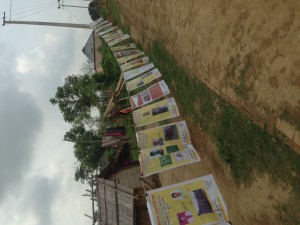




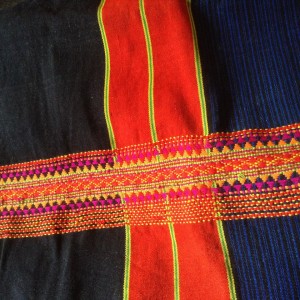


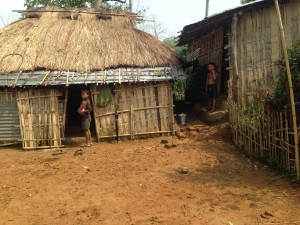


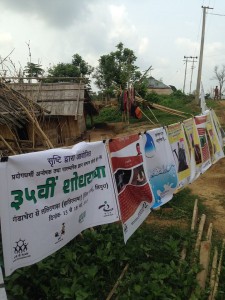

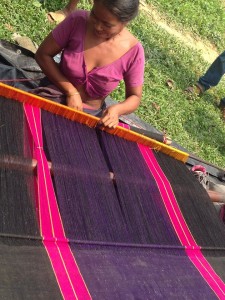
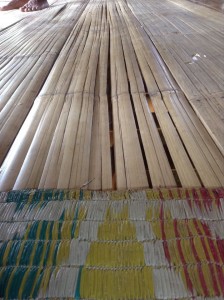

In the copmeicatld world we live in, it’s good to find simple solutions.